Your guide to
Investing
QC Capital focuses on acquiring large Car wash and Flex Space real estate assets and partners with accredited investors. From locating deals in target markets to underwriting the assets and conducting due diligence, QC Capital handles everything from start to finish to ensure they are operating assets to their business strategy and hitting projected returns.

Why AI Is Pointing Investors Toward Alternative Investments
Why AI Is Pointing Investors Toward Alternative InvestmentsArtificial intelligence is changing the way we analyze markets,…
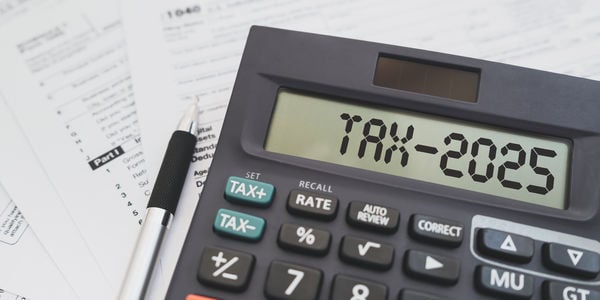
How Passive Investors in Car Wash & Flex …
🚨 Important Note for Investors: If you plan to take advantage of 100% bonus depreciation, you…

Investing in the Private Sector: Diversify Your Portfolio …
In today’s uncertain market, diversification isn’t just smart, it’s essential. While traditional portfolios often lean heavily…

Bitcoin Volatility & Passive Income: Lessons for Car …
As digital assets evolve, even seasoned real-estate investors can learn from their trajectory. In a recent…
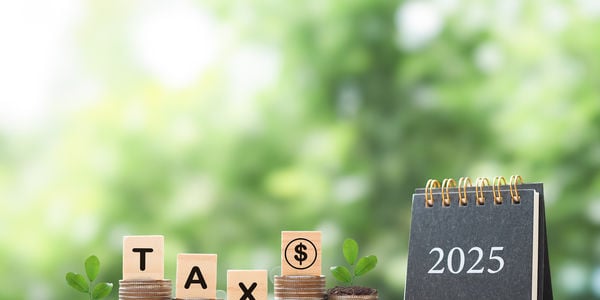
Capitalize on 100% Bonus Depreciation in 2025: A …
With the permanent restoration of 100% bonus depreciation under the One Big Beautiful Bill Act (OBBBA),…
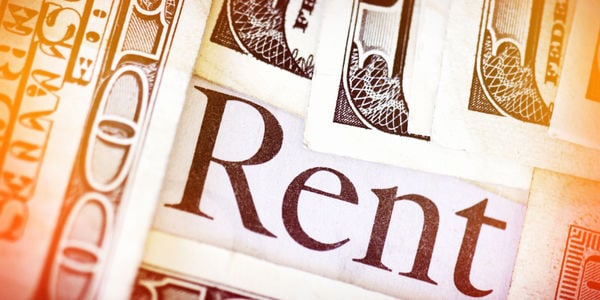
Florida’s Commercial Rent Tax Repeal: What It Signals …
Florida has officially repealed its long-standing Commercial Rent Tax (CRT), effective October 1, 2025 — a…

How AI-Driven Technology Like GPT-5 is Transforming Passive …
This week, OpenAI launched GPT-5, its most advanced artificial intelligence model yet. While the headlines focused…
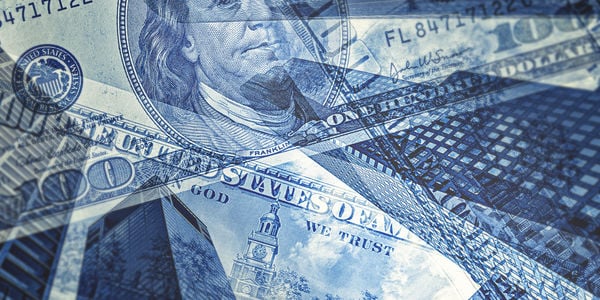
What the Dollar’s Surprise Rally Means for Passive …
In July 2025, the U.S. dollar posted its first monthly gain of the year, catching many…
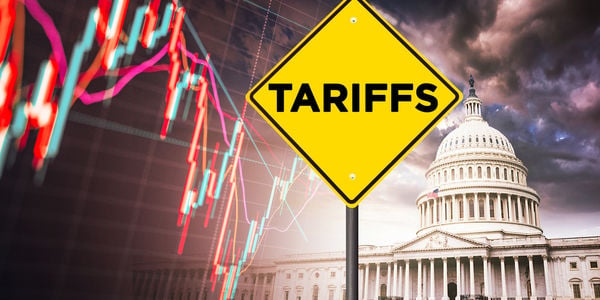
Tariffs, Inflation, and Passive Investing: Why Alternative Assets …
Global trade tensions and rising tariffs are making headlines again, with significant implications for consumers and…

Development vs. Acquisition: Which Strategy Wins in Car …
Private equity firms face a fundamental question when expanding portfolios: Should we build or buy? For…

Could Political Pressure on the Fed Disrupt Markets? …
What’s Going On Between Trump and the Fed?As the economy enters the second half of 2025,…

The 2025 Tax Law Guide for Passive Alternative …
How Car Wash and Flex Space Investors Can Maximize New Tax AdvantagesOn July 3, 2025, Congress…
